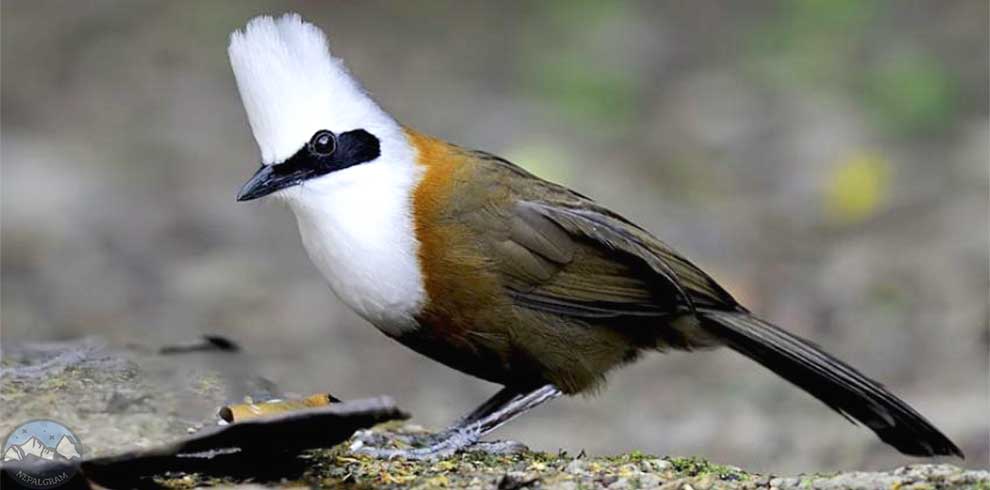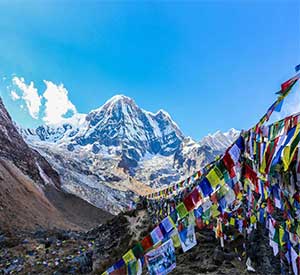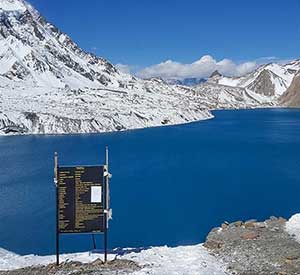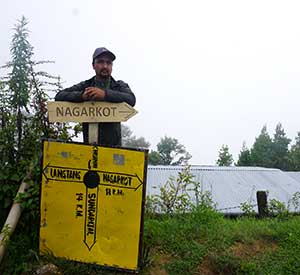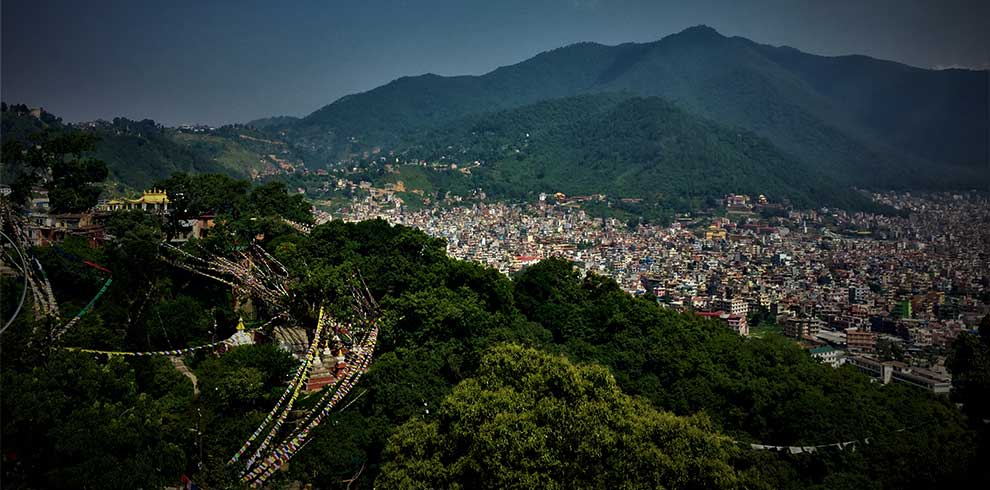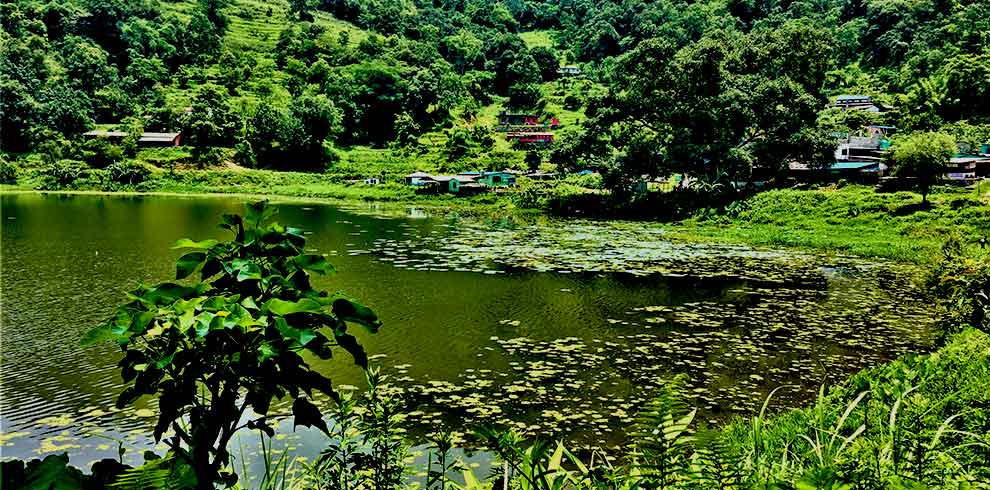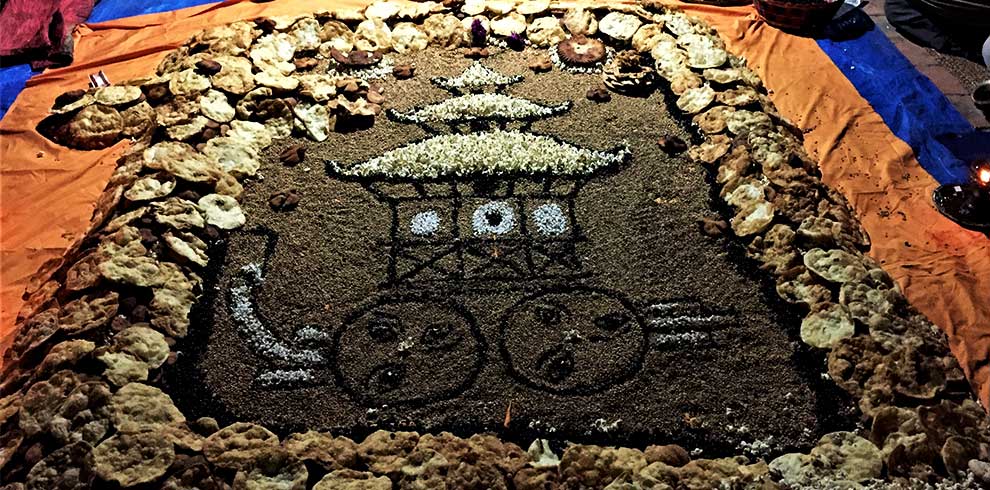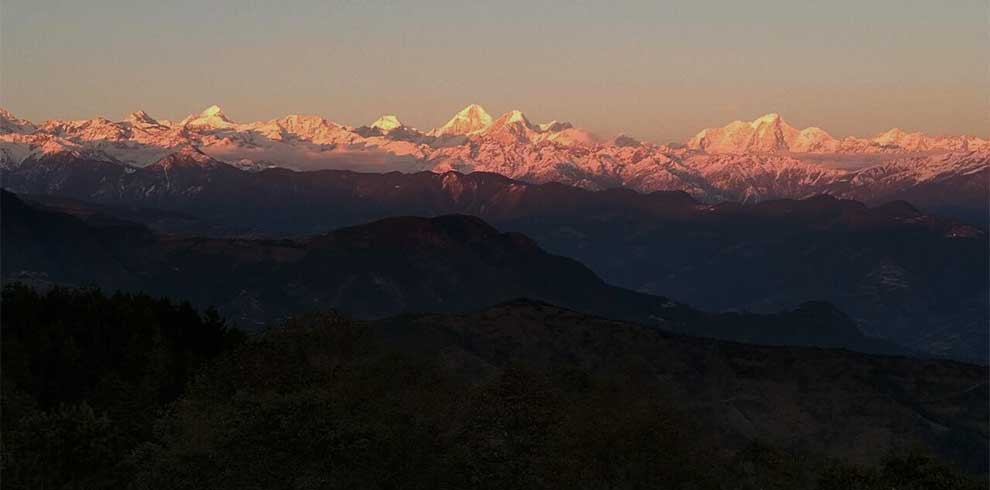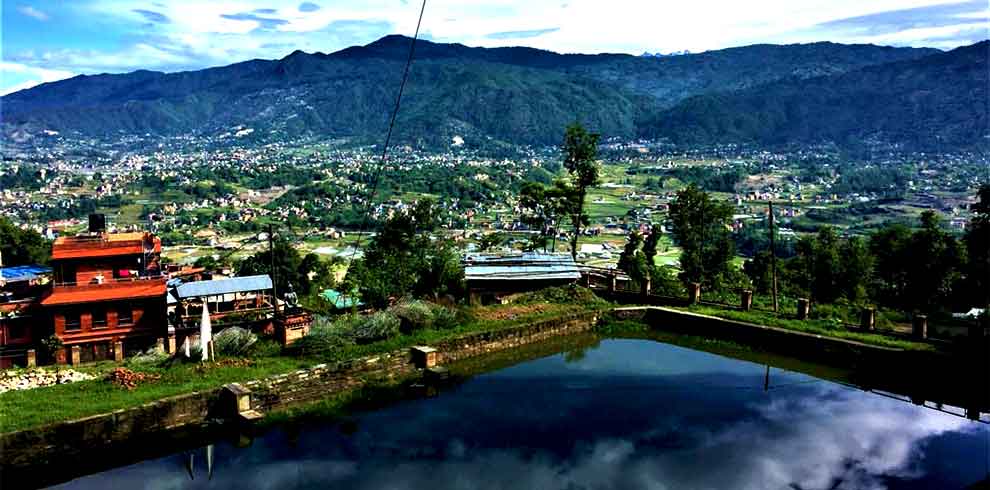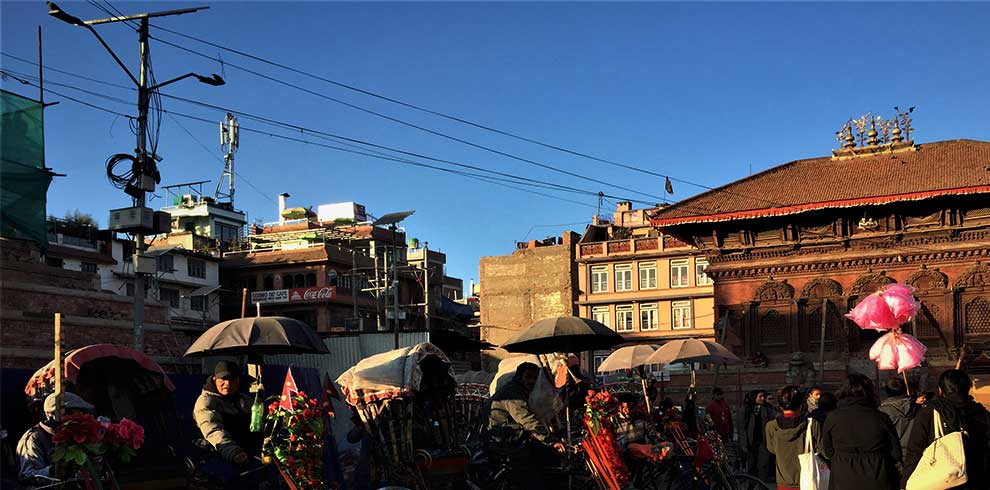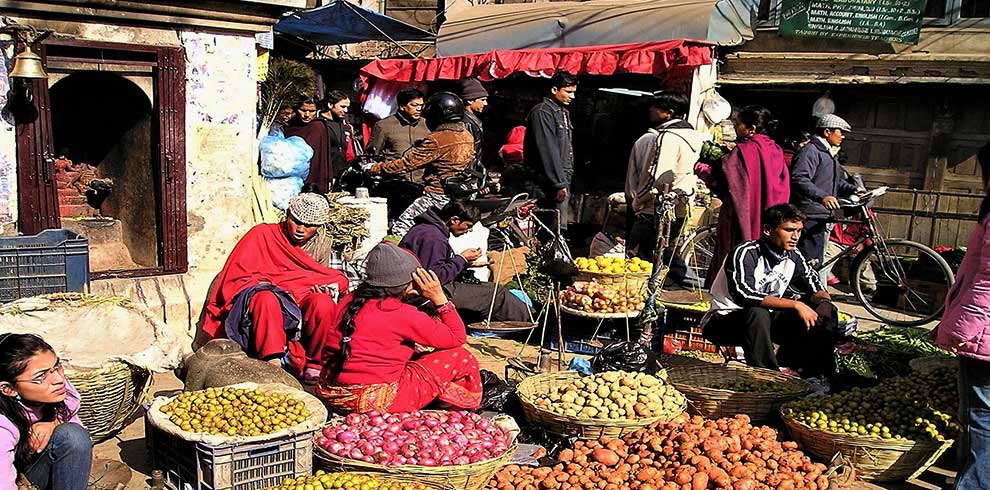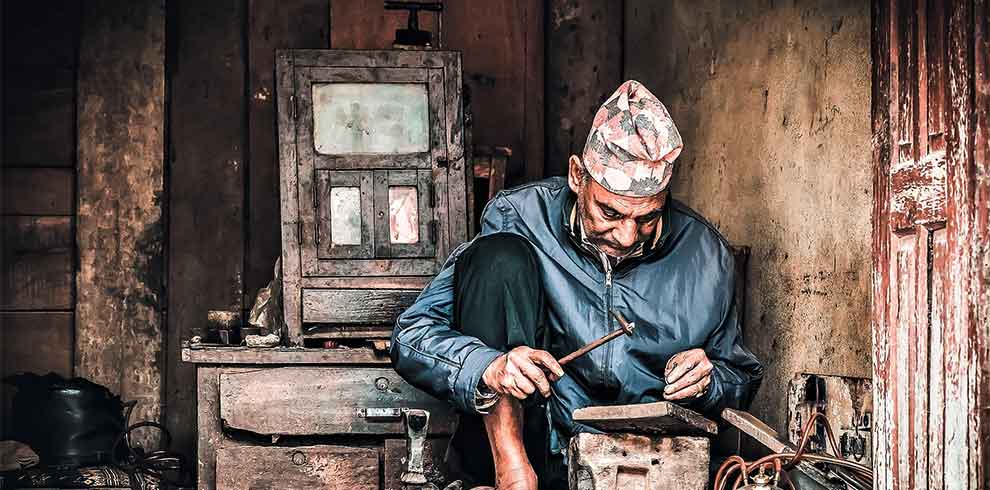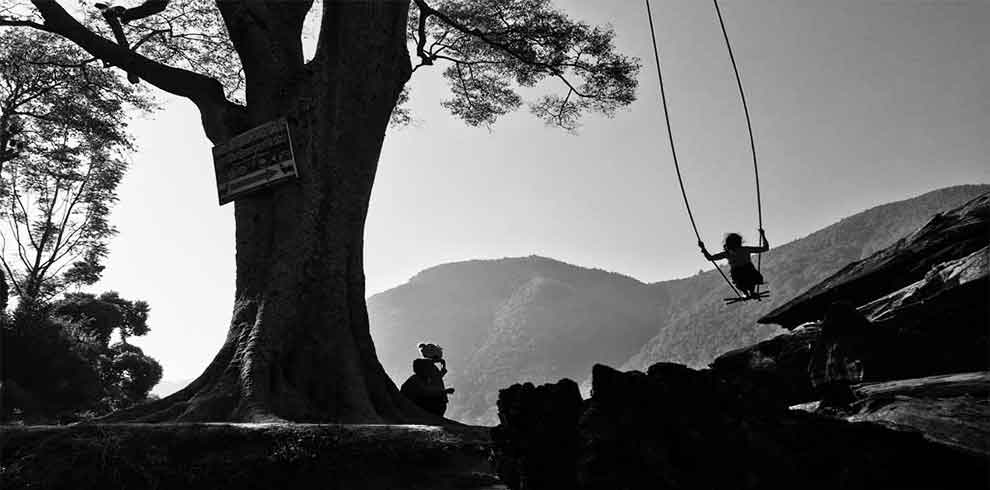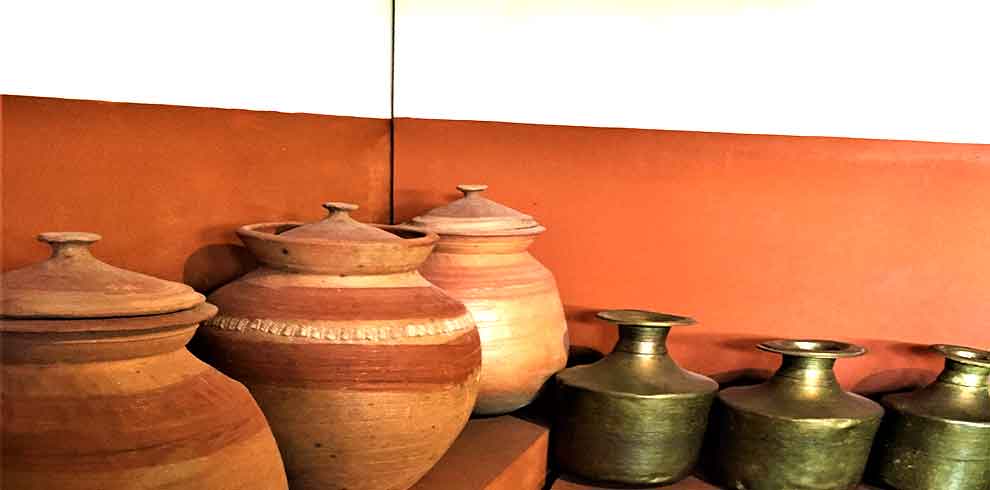Every weekend or every day-off comes with a possibility of exploration. Around Kathmandu valley, Shivapuri national park and Nagarjun national park are considered as most convenient destinations for exploration. They are filled with nature, wilderness, and wild animals although they’re so close to the most densely populated city.

Introduction of Bishnudwar
Bishnudwar is basically the origin of Bishnumati River which is one of the most important rivers in Kathmandu. Bishnumati has its religious importance as well. The name gives is literal meaning as the “beloved of Lord Bishnu”. This river is considered holy for both Hindu and Buddhists. Bishnudwar is located at the Shivapuri hill from where Bishnumati originates.
Shivapuri Nagarjun National Park is Located in the Northern part of Kathmandu valley which lies about 12 Kilometer away from the center of capital city. The Shivapuri hill is the second highest hill near Kathmandu valley at an altitude of 2563 m.
It is the origination point of rivers, Bagmati and Bishnumati. Sprawled over 159 Sq.km. with dense forests it is home to 177 species of birds, including at least 9 threatened species, 102 species of butterflies with a number of rare and endangered species, and 129 species of mushroom. Several surveys have recorded the existence of Indian Leopards, Himalayan Black bears, deer, wild boar and many other precious animals in the park. Shivapuri is also one of the famous bird watching sites around Kathmandu valley, which records over 170 species of the birds.

The hike to Bishnudwar starts from Budhanilkantha, Kathmandu. You can take a micro to Budhanilkantha from Kathmandu pretty easily. Budhanilkantha is an interesting place to visit in itself. Budhanilkantha is famous for the Budhanilkantha temple of Lord Vishnu. From Budhanilkantha, a short walk takes you towards the Shivapuri hill from where the Shivapuri National Park starts. After a walk of about half an hour from Budhanilkantha, you can reach to the entrance of Shivapuri National Park. For the entry inside the national park, certain amount needs to be paid at the gate.
As soon as you enter the gate, you can feel the beautiful smell of the nature as you’re surrounded by different sorts of vegetation all around. There are boards that give directions of several hiking routes inside the national park. Hike to Bishnudwar and the hike to Nagi Gumba can be started through the same route, so you can follow the trail.
The hike is complete uphill hike with dense forest. After about two hours of hike, the forests clear up and the beautiful view of Kathmandu valley can be seen. The route consists of pine trees which make the forests look beautiful. After about an hour of hike from there, you can see the boards with signs for the routes to Bagdwar, Bishnudwar, and Shivapuri peak. As we move towards Bishnudwar, we need to hike uphill for about an hour again from there.

As we get closer to Bishnudwar, the music of waterfall through the nature is heard and the humidity is felt all around. Bishnudwar is located in a place that resembles to a cave. There are hollow humid caves all over and the river arises taking the form of beautiful waterfall. It is also great if you are planning for a quick bath in the fresh nature.
There is another hiking trail if you want to go further to Bagdwar, which is the origin of Bagmati river. There is a cave towards the end of water body where there are lots of stones piled up and a sort of holy shrine can be seen out there. This is considered the holy place for Lord Vishnu. While looking above, there are Buddhist prayer flags all over the trees around.
Everything about this place is so fresh and natural. Water bodies are themselves the symbol of creation. This place is the freshest place of any creation that can ever be. Fresh, untouched, and straight out from nature’s womb. While returning back, you can take your way back through Nagi Gumba as well, or you can go downhill straight to the entrance of the national park.

Depending on your speed, a two-or-three hour hike will take you to the view point from where you can get a picturesque view of Kathmandu. Another one and half hours will get you to Bishnudwar. There are many hollow humid caves in the area and the river arises here, taking the form of a beautiful waterfall. Everything about this place is fresh and natural. From Bishnudwar, you have the option of either walking downhill or continuing your hike towards the Shivapuri peak.
Are you looking for other trips than Bishnudwar day hiking ?
Nepalgram Adventure can help you with the filter below. Select the right duration and price of your interest to find the best trip to Nepal.
More destination from Nepal
Explore Nepal with us – to the deep in those nook and corners of Nepal Himalaya. Suggestions other than Bishnudwar day hiking.
Annapurna Conservation Area (47 Trips)
Nar Phu Valley (3 Trips)
Annapurna Base Camp (5 Trips)
Thorong La pass (8 Trips)
Tilicho Lake (2 Trips)
Shivapuri National Park (6 Trips)
Overview of Bishnudwar Day Hiking
In Nepal, Bishnudwar is a well-liked location for day hikes. For those who wish to get a taste of Nepal’s stunning natural beauty without committing to a longer trek, the hike is very easy and can be finished in approximately 5-6 hours.
Between verdant woodlands and terraced farmland, the trail progressively ascends. Hikers have the chance to engage with friendly locals and take in breathtaking views of the surrounding hills and valleys while on the trail.
Best Deals on Things to Do
Experience the wonders of the world up close with great deals on things to do near and far. Nepalgram offers one-of-a-kind activities that allow you to explore Budhanilkantha your way. Whether you love nature, culture, food or a bit of adventure, we have the perfect activity for you.
Top experiences in Budhanilkantha
With so many things to do in Budhanilkantha, planning the perfect day out may seem like a daunting task. Nepalgram is here to take the hassle out of finding the best attractions, tours and activities in Budhanilkantha. Families, couples and business travellers can all find the perfect activity in Budhanilkantha to create life-long memories with the help of Nepalgram.
Best Time to trek in Nepal
While Nepal’s mountains see six seasons, the best period to go to the mountains is from March-May and September-December. However, every season has its quirk, just like people. So keep reading to find your match.
January/February (Winter)
January/February is a good time for trekkers willing to brave the cold and snow for empty trails, fantastic mountain views, and wildlife sightings.
March/April (Spring)
This is a period that offers a little bit of everything: a little bit of Mountain View, a little bit of warm weather, a little bit of flowers, a little bit of crowd, and a whole lot of fun.
May/June (Summer)
This is the best time for those into nature. The flowers are quite something this time of the year, and the bird activity is fantastic. The monsoon hasn’t started, and as such, mornings are still clear with beautiful mountain views.
July/August (Monsoon)
Only for hardcore trekkers who are willing to put up with the elements for an authentic cultural experience and high altitude flowers. Also, flight disruptions are very likely, and chances of mountain views are close to zero.
September/October (Fall)
This period is everyone’s darling, and the trails are as crowded as they can be. The mountain views are something to write home about, and the temperature is just perfect.
November/December (Pre-Winter)
Another popular period among trekkers and the driest two months in the calendar. Indeed it has gotten a bit nippy during the mornings and evenings, but it is still manageable. Count on a lot of sunshine and crystal clear mountain views.


